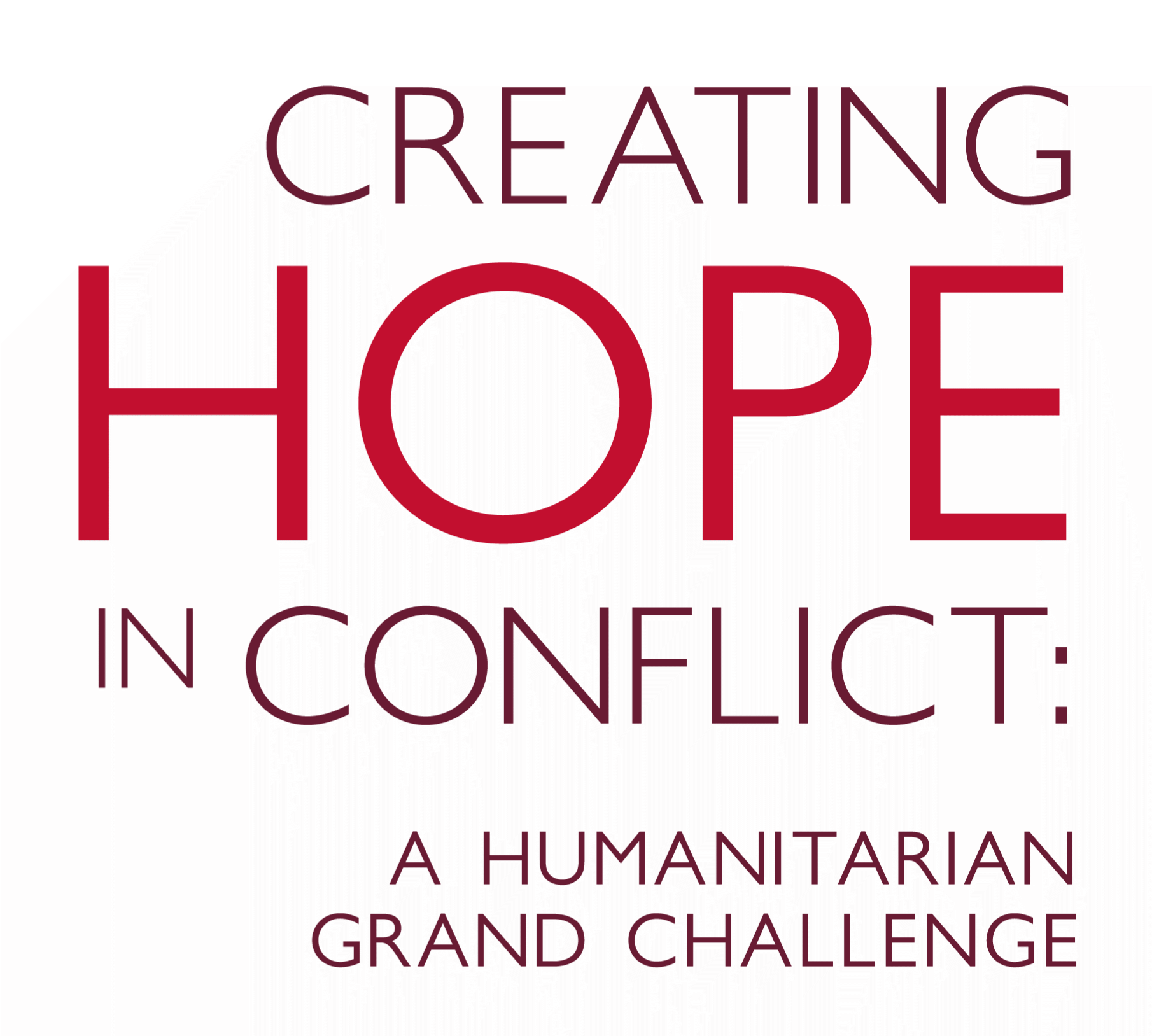Smart and Effective Communication in Nutrition: A Chatbot Photo Diagnosis Platform
THE CHALLENGE
Acute malnutrition remains a significant problem throughout the developing world. The community-based management of acute malnutrition (CMAM) approach attempts to address acute malnutrition by reducing the cost of treatment and maximizing coverage through community engagement. The success of any CMAM program relies on early case finding, referral to community-based management services, and effective follow-up measures at the community level. In reality, however, there are significant barriers to achieving this due to gaps in qualified healthcare professionals, resource shortages, and community access constraints. The result is that many cases of acute malnutrition remain undiagnosed and poorly tracked and managed.
THE SOLUTION
To improve CMAM in Senegal, where acute malnutrition is prevalent among children, Fundación Acción Contra el Hambre aimed to develop a digital algorithm to enable community health workers to perform nutritional screening more quickly and accurately. The teams travelled throughout 227 villages across Senegal and screened 2,039 children, among whom 797 were identified as malnourished and referred for treatment to health facilities. Additionally, the caregivers of the children were given information on the nutritional status of their children and were sensitized on COVID-19 prevention measures. In the end, the project succeeded in obtaining an algorithm that allows for the digital classification of different types of acute malnutrition and non-malnutrition cases. The research results were reported at several events (Research for Nutrition Conference, GDHN Conference, AAH Innovation Workshop, CMAM conference, AidEx Bruxelles), and action is underway to develop the application further, create a platform for managing the data, and establish pathways for scale-up and integration into national healthcare systems.
